Sáng 6/8, Lực lượng vũ trang Ukraine đã phát động một cuộc tấn công về phía bắc dọc theo đường cao tốc Sudzha-Korenevo tại biên giới Nga – Ukraine thuộc vùng Kursk, nằm sâu trong lãnh thổ Nga khoảng một chục cây số.
 |
| Nga tuyên bố, lực lượng vũ trang Ukraine đã xâm nhập vùng Kursk nhưng đã bị chặn lai. (Nguồn: AP) |
Tại các khu vực này diễn ra những trận giao tranh ác liệt, quân đội Ukraine, với sự hỗ trợ của xe bọc thép đã tiến vào một số khu định cư biên giới. Đã có những cuộc pháo kích dữ dội vào Quận Sudzha và các làng, một thị trấn biên giới, dẫn đến cái chết của ít nhất bốn thường dân và làm bị thương hàng chục người.
Đây không chỉ là về sự xâm nhập của các nhóm trinh sát và phá hoại Ukraine, xét theo số lượng lực lượng và phương tiện liên quan của phía Ukraine, mà sự việc đang nói về một hoạt động quân sự.
Theo các báo cáo, Lực lượng vũ trang Ukraine ngày 7/8 đã chiếm được 11 khu định cư ở khu vực Kursk và thiết lập chỗ đứng ở đó. Như cựu sĩ quan Bộ Tổng tham mưu Mikhail Zvinchuk đưa tin trên kênh “Rybar” của mình, cũng như các phóng viên quân sự đáng tin cậy khác, Lực lượng vũ trang Ukraine đã kiểm soát Trạm đo khí đốt Sudzha GIS và đang cố thủ xung quanh Quận Sudzha. Sudzha GIS là trạm đo khí đốt ở biên giới với Ukraine, nơi Gazprom chuyển khí đốt của Nga đi châu Âu dọc theo tuyến đường dẫn khí Druzhba trên lãnh thổ Ukraine.
Trước tình hình này, Bộ Quốc phòng Nga đã chỉ đạo các đơn vị bảo vệ biên giới liên bang cùng với bộ đội biên phòng địa phương, các đơn vị tăng viện và lực lượng dự bị tiếp cận, tiến hành các cuộc không kích, lực lượng tên lửa và hỏa lực pháo binh nhằm ngăn cản bước tiến của đối thủ.
Theo hàng Novosty, trích nguồn từ Bộ Quốc phòng Nga, tổng cộng, kể từ khi bắt đầu giao tranh ở hướng Kursk đến ngày 8/8 “Phía Ucraine đã thiệt hại 660 quân nhân và 82 xe bọc thép, bao gồm 8 xe tăng, 12 xe bọc thép chở quân, 6 xe chiến đấu bộ binh, 55 xe chiến đấu bọc thép và một xe rào chắn kỹ thuật.
Quân đội Nga tấn công vào các điểm tập trung quân và thiết bị của Lực lượng vũ trang Ukraine đã được xác định, đồng thời ngăn chặn các nỗ lực của các đơn vị riêng lẻ nhằm tiến sâu vào lãnh thổ khu vực Kursk.
Ngoài ra, các cuộc không kích cũng đang được thực hiện nhằm tăng cường lực lượng dự bị của Ukraine ở khu vực Sumy bên trong lãnh thổ Ukraine.
Bộ Quốc phòng nhấn mạnh: “Hoạt động tiêu diệt các đơn vị của Lực lượng Vũ trang Ukraine vẫn tiếp tục”.
Mục tiêu của đối thủ ở vùng Kursk là gì?
Về lý thuyết, cuộc tấn công vào khu vực Kursk lẽ ra không gây ngạc nhiên cho Bộ Tổng tham mưu Nga, nhưng xét theo việc Lực lượng vũ trang Ukraine nhanh chóng chiếm được một số khu vực đông dân cư thì sự chuẩn bị của quân đội Nga thật sự gây bất ngờ. Đây không phải là lần đầu tiên chuyện này xảy ra, bởi trước đây đã từng xảy ra những sự cố khó chịu ở vùng biên giới. Tuy nhiên, nếu trước đây chủ yếu là các nhóm phá hoại nhỏ của Ukraine hoạt động ở khu vực này thì giờ đây Nga đang phải đối mặt với một cuộc xâm nhập toàn diện vào lãnh thổ Nga.
Vậy mục tiêu của đối thủ là gì? Các nhà phân tích quân sự Nga cho rằng:
Thứ nhất, nhằm rút lực lượng dự bị của Nga từ các hướng khác, trong đó có Donetsk, nơi Lực lượng vũ trang Nga đang tiến hành một cuộc tấn công thành công ở khu định cư New York, cũng như từ Kharkov, nơi đang nỗ lực tạo ra một vùng đệm an toàn.
Thứ hai, nhắm vào cuộc bầu cử Hoa Kỳ vào tháng 11 và các cuộc đàm phán có thể diễn ra, bởi vậy cần chiếm lãnh thổ Nga để sau đó sử dụng điều này trong thương lượng và đạt được điều kiện kết thúc chiến sự tốt hơn cho mình.
Tuy nhiên, nếu đối thủ bắt đầu hoạt động tích cực theo hướng Glukhov - Rylsk này, thì không thể loại trừ mục tiêu cuối cùng của toàn bộ hoạt động của Lực lượng vũ trang Ukraine sẽ trở nên rõ ràng - đó là thành phố Kurchatov, nhà máy điện hạt nhân. Logic của vấn đề như sau: chiếm Kurchatov và đàm phán với Liên bang Nga về Nhà máy máy điện nguyên tử Zaporizhzhya hoặc bất cứ điều gì khác. Về mặt lý thuyết, phương án cố gắng tiếp cận nhà máy điện hạt nhân Kursk để chiếm giữ có vẻ giống như một mục tiêu, nhưng điều này đòi hỏi quân đội Ukraine phải sử dụng một lực lượng rất lớn.
Việc Bộ Tổng tham mưu Ukraine chọn tấn công khu vực Kursk vì nhà máy điện hạt nhân Kursk ở thành phố Kurchatov, với mối liên hệ với nhà máy điện hạt nhân Zaporozhye do quân đội Nga kiểm soát mấy năm nay, hay thành phố Sudzha hoặc Trạm đo khí đốt Sudzha (GIS) chỉ có bộ chỉ huy cấp cao của Ukraine mới biết.
Còn theo phóng viên quân sự Yury Kotenok, mục tiêu chiến thuật tại thời điểm này của Lực lượng vũ trang Ukraine có thể là muốn chiếm thành phố Sudzha mang tính biểu tượng hơn là kinh tế. “Đối phương rất muốn đánh đổi lãnh thổ, đang cố gắng hết sức để chiếm một bàn đạp trên lãnh thổ của nước Nga nhằm vô hiệu hóa những thắng lợi của quân Nga trên các vùng lãnh thổ mới mà Nga đang tấn công. Rõ rằng hành động của các lực lượng vũ trang Ukraine hiện đang tập trung vào việc cố gắng giành quyền kiểm soát trung tâm khu vực Sudzha, và đây sẽ là một thành công lớn đối với họ”.
Ngoài ra, nếu quân đội Ukraine tấn công khu vực này chỉ để chiếm Sudzha GIS, cắt đứt dòng khí của Nga chảy đến châu Âu thì Ukraine có thể làm từ lâu và bất cứ lúc nào với tuyên bố đóng van Tuyến đường Druzhba. Xưa nay, Ucraine vẫn cam kết chuyển khí đốt của Gazprom đến các nước Trung Âu như Hungary, Slovakia hay Áo qua tuyến đường ống cuối cùng này cho đến khi kết thúc hợp đồng cuối năm nay. Trong trường hợp việc vận chuyển qua Ukraina bị dừng lại do lỗi của nước này, các nước châu Âu sẽ không tha thứ cho Kiev. Vì vậy, Ukraine vẫn phải nỗ lực hết sức để đảm bảo rằng đường ống không bị hư hại và khí đốt sẽ chảy qua nó.
Tuy nhiên, ảnh hưởng của hoạt động quân sự của Ukraine trên lãnh thổ Nga đã tác động đến giá khí đốt trên thị trường. Không phải chờ đợi lâu, trong vòng ba giờ giao dịch, giá khí đốt trên sàn giao dịch TTF ở Hà Lan đã tăng lên 433,07 USD cho một nghìn mét khối, mức tăng giá 6,5% ngay lập tức.
Sau những im lặng mấy ngày qua, phía Ukraine cuối cùng đã xác nhận việc Lực lượng vũ trang Ukraine tấn công sâu vào lãnh thổ Nga và nêu lý do của hành động quân sự này. Cố vấn của tổng thống Ukraine - ông Mykhailo Podolyak đã thông báo trên truyền hình quốc gia rằng cuộc đột kích bất ngờ trên được tiến hành nhằm tăng cường vị thế của Kiev trong các cuộc đàm phán tương lai với Nga. Theo ông, những bước tiến của Ukraine trên lãnh thổ Nga sẽ khiến người Nga "sợ hãi" và giảm sự tín nhiệm của họ với giới lãnh đạo nước này.
Vùng đệm: kỳ vọng và thực tế
Theo giới quan sát, nỗ lực tạo ra một khu vực đệm tại các khu vực của Nga giáp Ukraine là để ngăn chặn các cuộc pháo kích của Lực lượng Vũ trang Ukraine ở vùng Belgorod chưa thực sự đem đến kết quả. Điều này trở nên rõ ràng vào cuối tháng trước, khi thống đốc vùng Belgorod, Vyacheslav Gladkov, thông báo rằng các biện pháp an ninh mới sẽ được áp dụng trong khu vực bắt đầu từ ngày 23/7. Cụ thể là cấm nhập cảnh vào 14 khu định cư biên giới.
Khi thư ký báo chí của Tổng thống Nga Dmitry Peskov được hỏi liệu quyết định này của chính quyền Belgorod có thể được gọi là sự thất bại trong hoạt động tạo ra một khu đệm ở vùng Kharkov hay không, ông trả lời rằng không phải như vậy và hoạt động đó vẫn tiếp tục cho đến khi một khu vực như vậy được tạo ra.
 |
| Nhà dân tại vùng Kursk bị tấn công. (Nguồn: Topwar.ru) |
Các nhà phân tích quân sự lưu ý rằng, những tin tức đề cập đến tình hình quân sự ở vùng Kharkov và xung quanh thành phố Volchansk trên thực tế đã biến mất khỏi bản đồ thông tin, và như vậy cuộc tiến công của quân đội Nga ở đó trên thực tế đã dừng lại. Hiện tại, dựa trên những gì đang xảy ra ở vùng Kursk, nơi các cuộc pháo kích trong vài tuần qua không kém phần dữ dội so với vùng Belgorod, thì những nghi ngờ về việc Nga tạo ra một khu vực đệm lại trở nên hợp lý.
Giáp biên giới với Ukraine khu vực này có ba vùng Belgorod, Kursk và Bryansk. Nếu ở vùng Bryansk cường độ pháo kích từ phía Ukraine là khá thấp thì vùng Belgorod bị pháo kích và chú ý nhiều hơn cả, nhưng nay vùng Kursk cũng không thoát khỏi tầm ngắm, tình hình bắt đầu leo thang như Belgorod.
Câu hỏi được giới bình luận quân sự Nga đặt ra là liệu Lực lượng vũ trang Nga có đủ lực lượng và nguồn lực cần thiết để tạo ra một khu vực đệm rộng lớn bao trùm hai khu vực như vậy hay không? Câu trả lời hiện vẫn chưa rõ ràng sau vụ quân Ukraine có thể xâm nhập vào sâu vùng Kursk ngày 6/8.
Cộng đồng người Việt an toàn
Liên quan đến cộng đồng người Việt tại vùng Kursk, sự an toàn vẫn được đảm bảo. Số người Việt hiện ở vùng Kursk có khoảng vài chục, trong đó gần chục người đã ở từ lâu, kinh doanh hàng vải tại thành phố Kursk, cách nơi chiến sự trên 100 km.
Ngoài ra, một xưởng may mới thành lập với hơn hai chục công nhân Việt Nam đang làm việc cũng tại vùng Kursk, nơi cách xa biên giới gần 200 km nên không ảnh hưởng gì. Người quản lý xưởng may đảm bảo rằng khi có những tín hiệu mất an ninh những công nhân này sẽ được di chuyển đến các vùng khác, nơi cộng đồng Việt Nam đang sinh sống làm việc như Orion hoặc xa hơn chút là thành phố Voronhez. Hơn nữa, những cơ sở này thường xuyên cập nhật thông tin chiến sự và có mối liên hệ chặt chẽ với các cơ quan chức năng của Nga cũng như cơ quan đại diện của Việt Nam tại LB Nga
Nguồn: https://baoquocte.vn/vi-sao-ukraine-tan-cong-sau-lanh-tho-nga-281864.html



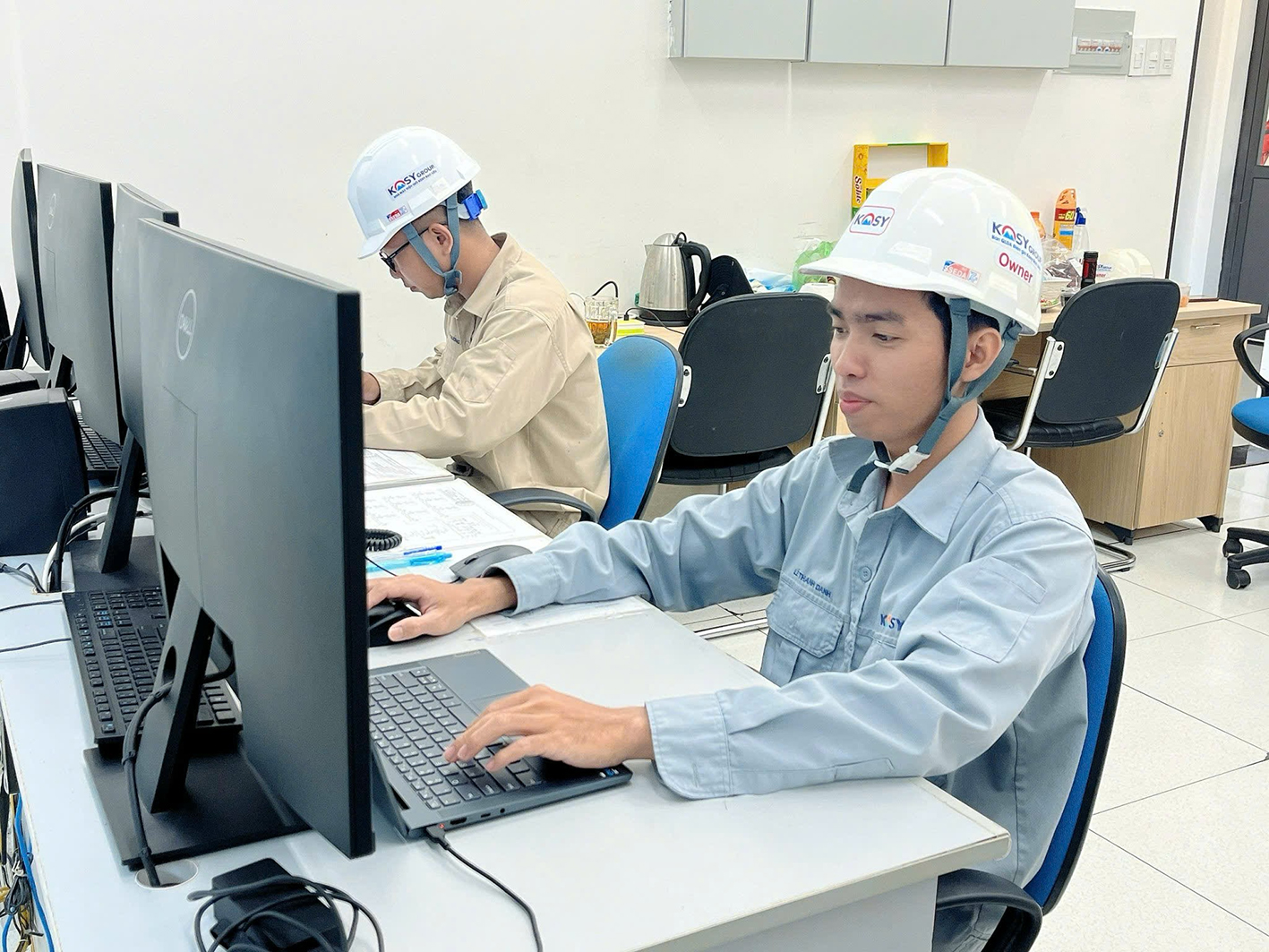
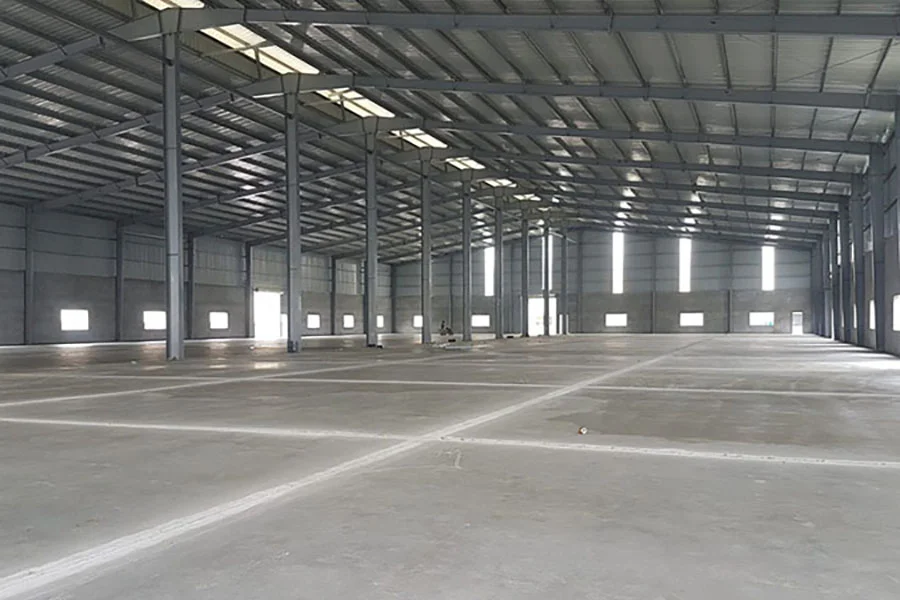


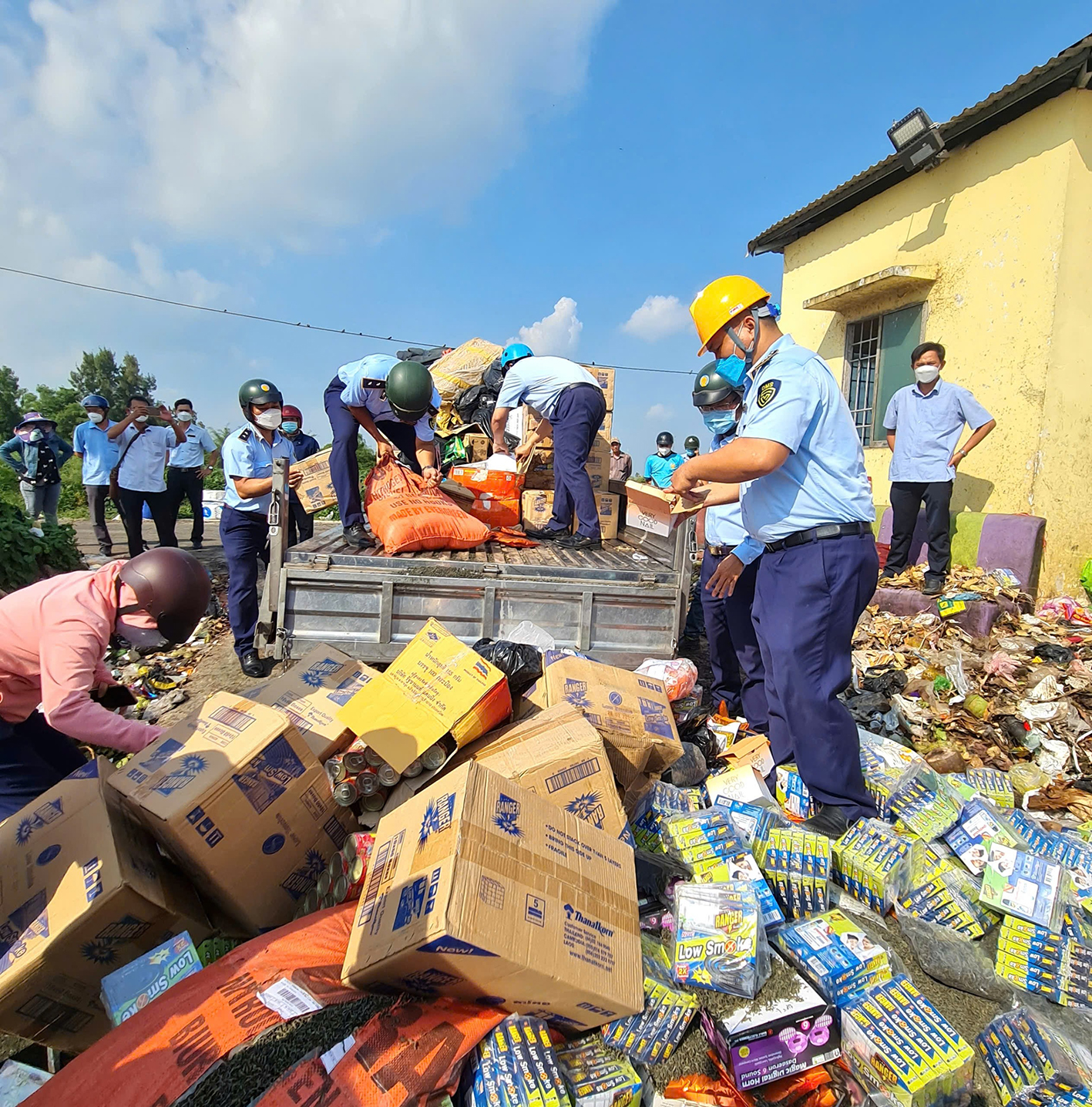

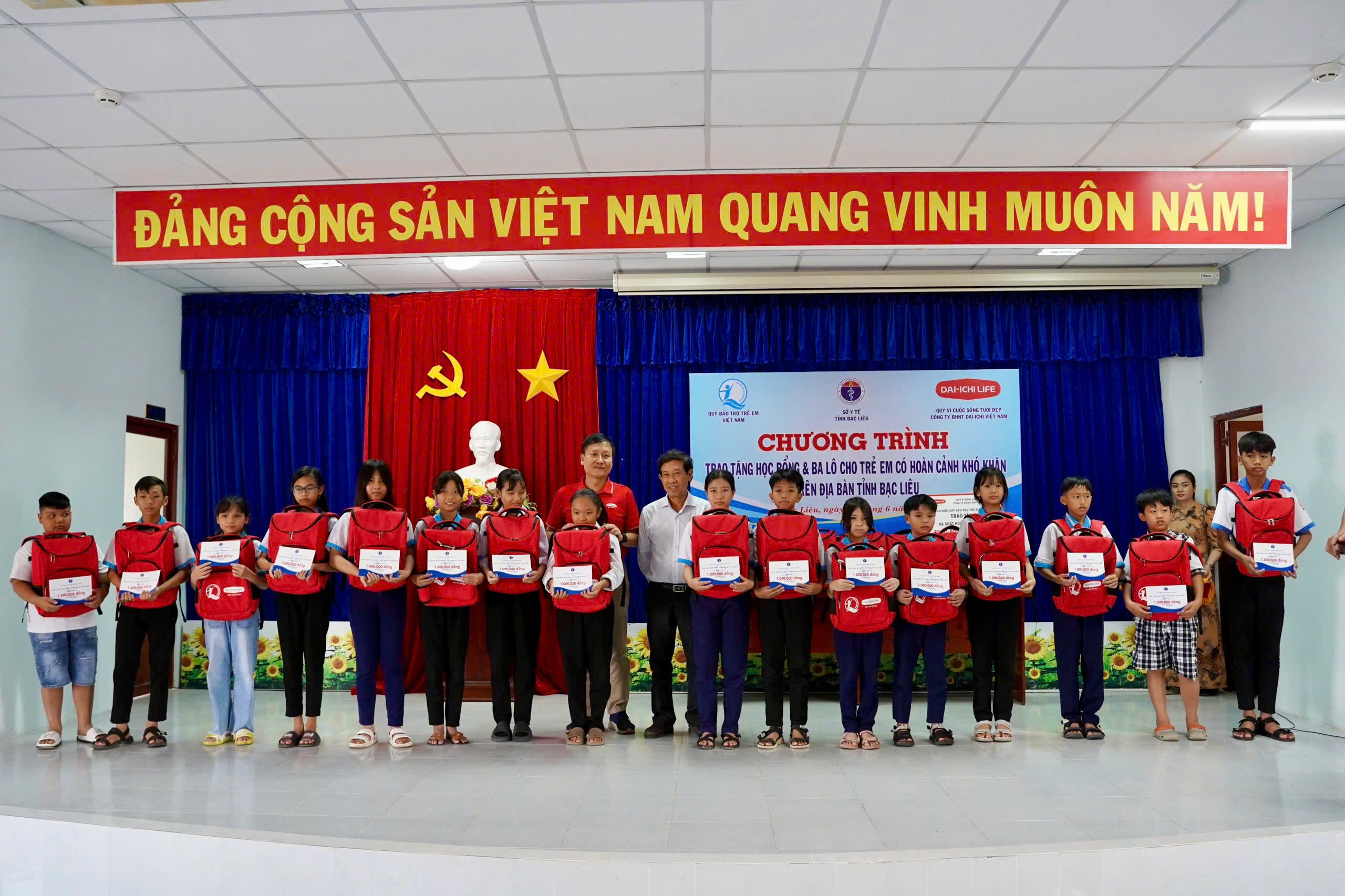













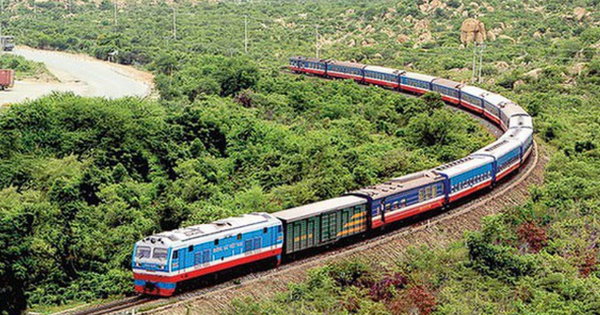




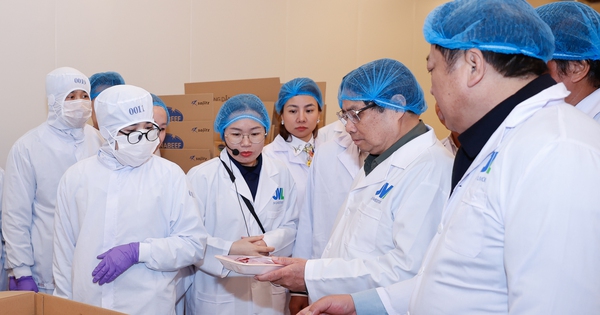

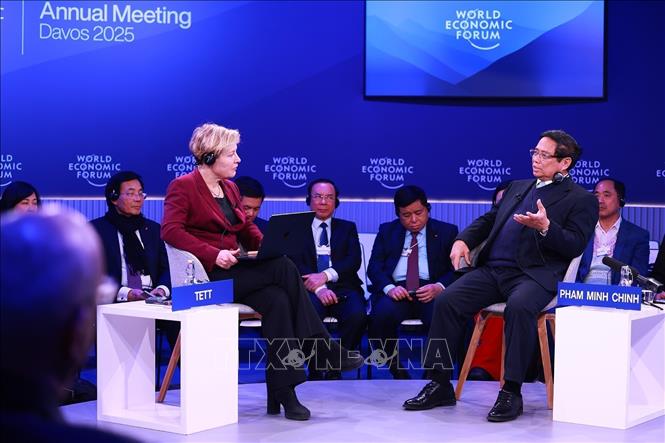

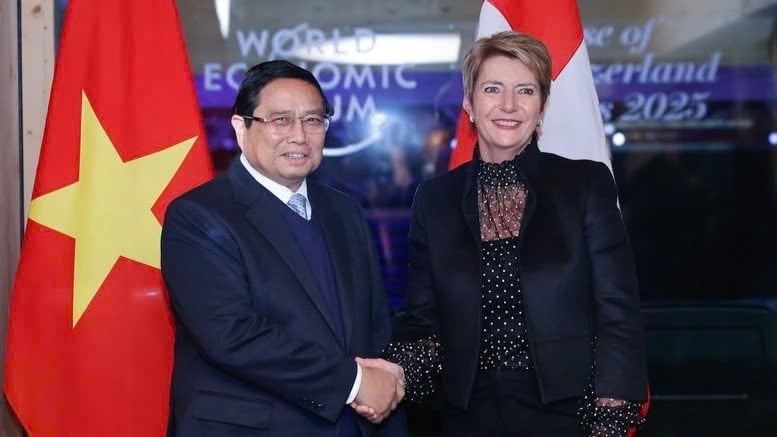
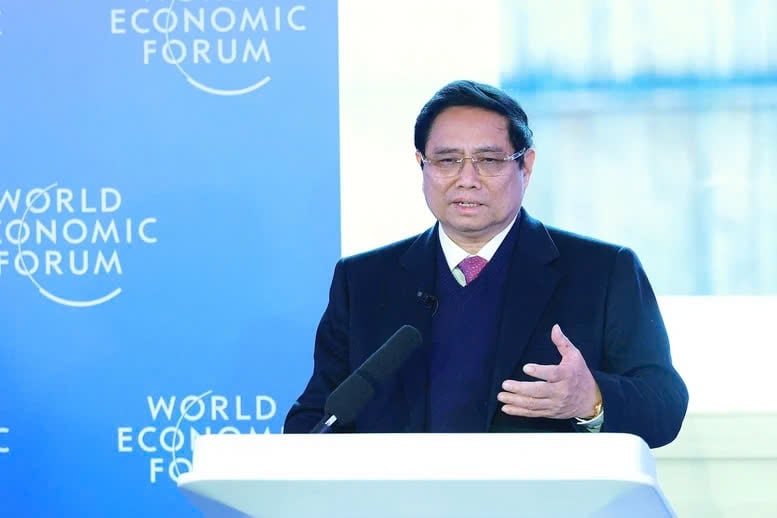
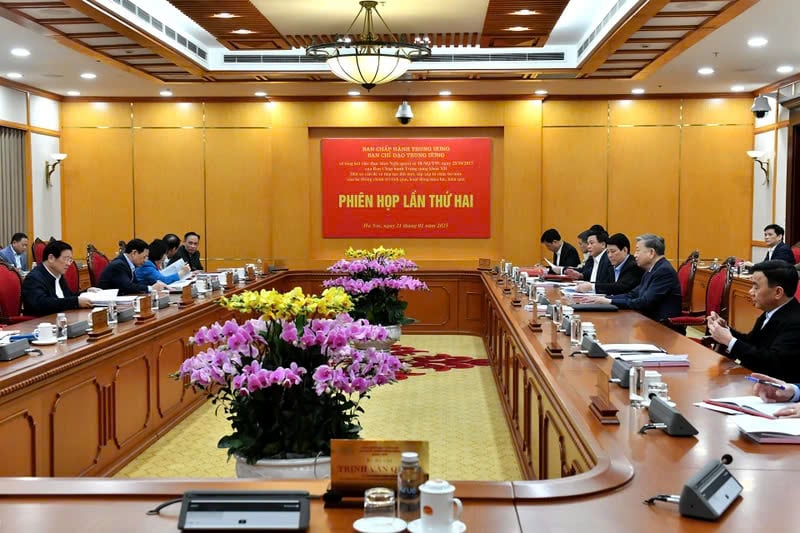





Comment (0)